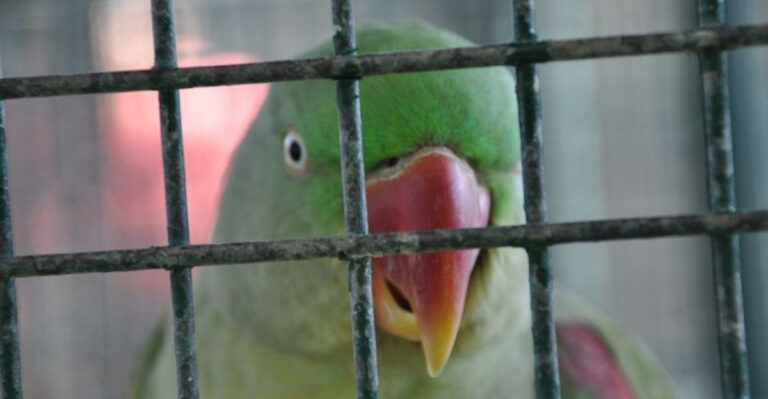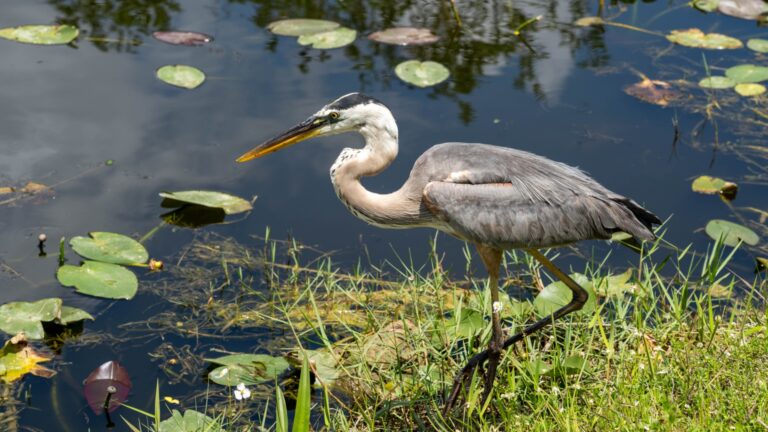How To Build The Ultimate Aquarium For Tropical Fish
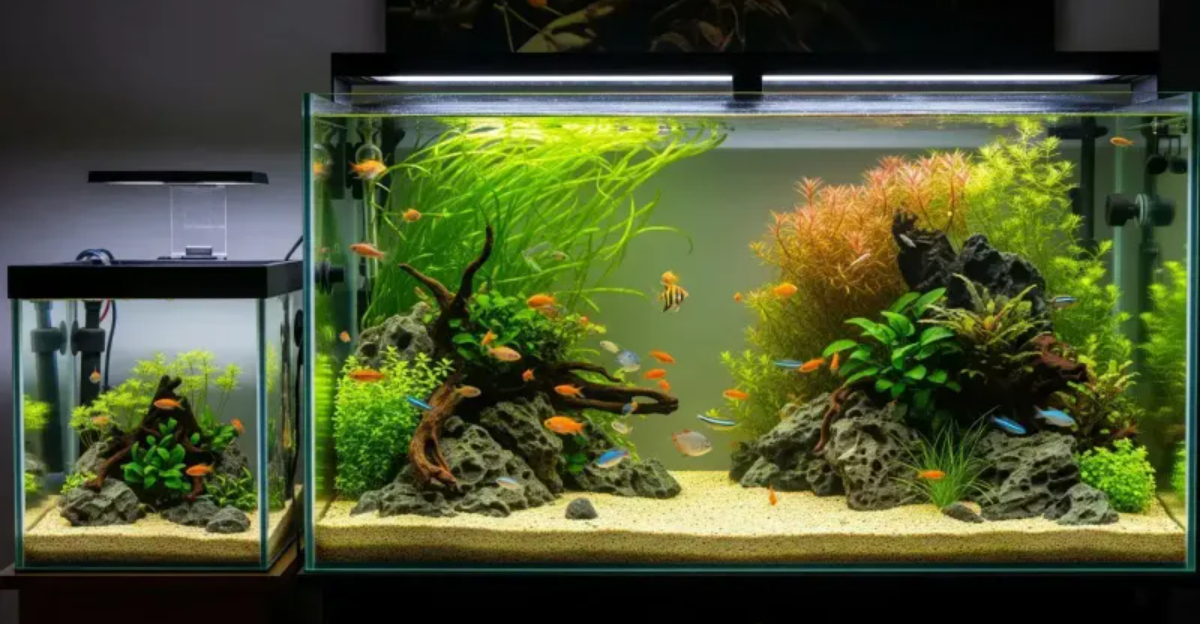
Setting up a tropical fish aquarium isn’t just about filling a tank with water and adding fish. It’s an underwater world you’re creating!
Fish need the right environment to thrive, with proper water conditions, appropriate tank mates, and suitable decorations. Follow these tips to create an aquarium paradise where your colorful tropical fish can flourish.
Choose The Right Tank Size

Bigger is actually better when it comes to aquariums! Larger tanks maintain stable water conditions and give fish plenty of swimming space.
Beginners should start with at least 20 gallons. Smaller tanks fluctuate in temperature and chemical levels too quickly, stressing your fish and making maintenance harder.
Install Proper Filtration
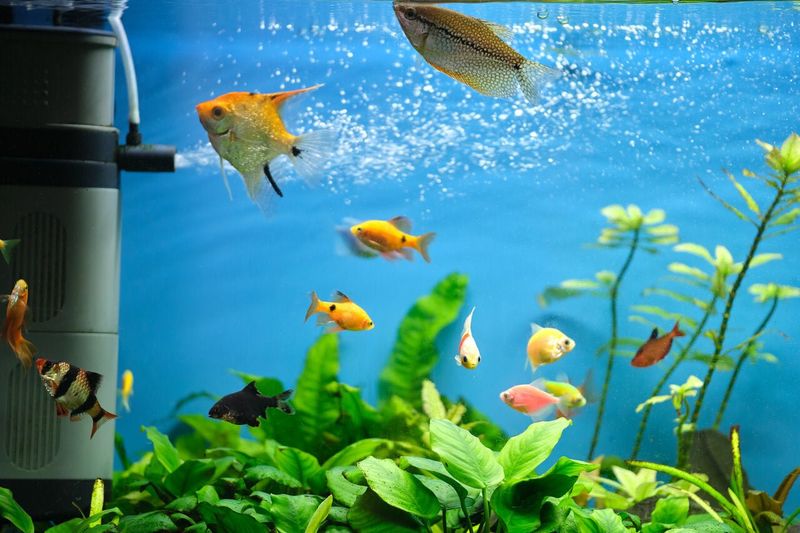
Filters are the unsung heroes of healthy aquariums. They remove waste, excess food, and harmful chemicals while keeping water clear and oxygenated.
Look for a system that offers mechanical, biological, and chemical filtration. For tropical setups, aim for filters that cycle your tank’s volume at least four times per hour.
Maintain Consistent Water Temperature

Tropical fish come from warm waters and need temperatures between 75-80°F to stay healthy. Sudden temperature swings can shock or even kill your finned friends.
Invest in a quality heater with a built-in thermostat and a separate thermometer to double-check readings. Position your tank away from windows, vents, and doors to avoid temperature fluctuations.
Test Water Parameters Regularly
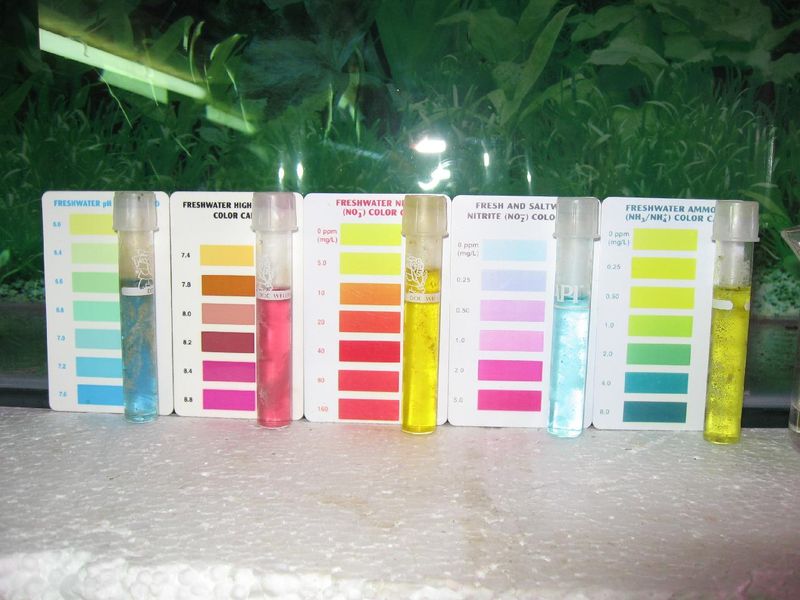
Water chemistry makes or breaks your aquarium success. Ammonia, nitrites, nitrates, pH, and hardness all affect fish health.
Grab a reliable test kit and check parameters weekly. Tropical fish generally prefer neutral to slightly acidic pH (6.5-7.5). Keep ammonia and nitrites at zero, and nitrates below 20ppm through regular water changes.
Create Natural Hiding Spots

Fish feel secure when they have places to hide and explore. Natural-looking caves, driftwood, and plants reduce stress and encourage natural behaviors.
Arrange decorations to break sightlines across the tank, creating territories for different species. Leave open swimming areas in the middle while placing hiding spots around the edges for perfect balance.
Select Compatible Fish Species
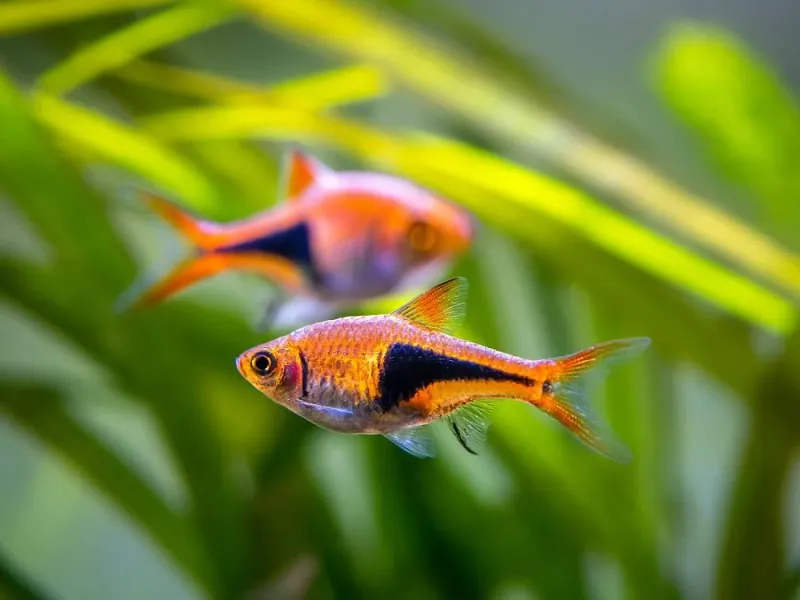
Not all tropical fish get along! Research each species’ temperament, size, and water requirements before making purchases.
Peaceful community fish like tetras, rasboras, and corydoras make excellent tankmates. Avoid mixing aggressive species with timid ones, and be mindful of adult sizes when selecting juveniles.
Cycle Your Tank Before Adding Fish
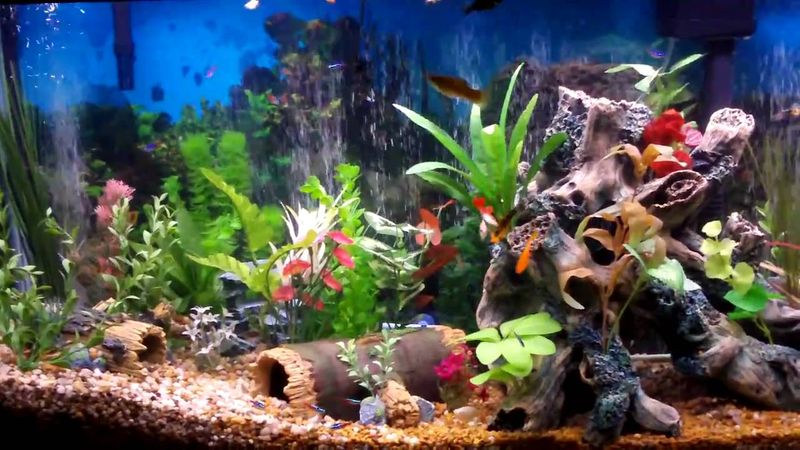
Patience pays off when establishing a new aquarium! The nitrogen cycle must be complete before fish move in.
Set up your tank with filter, heater, and decorations, then add a small amount of fish food or ammonia. Wait 4-6 weeks while beneficial bacteria develop, testing water until ammonia and nitrites read zero consistently.
Incorporate Live Plants

Live plants transform an ordinary tank into an extraordinary underwater garden. They absorb nitrates, produce oxygen, and provide natural shelter for fish.
Easy starter plants include Anubias, Java fern, and Amazon sword. Use nutrient-rich substrate and consider low-level lighting for 8-10 hours daily to support plant growth without encouraging algae.
Establish A Maintenance Schedule

Regular upkeep prevents small problems from becoming disasters. Create a simple maintenance calendar to stay on track.
Weekly tasks include 25% water changes, gravel vacuuming, and filter checks. Monthly maintenance should cover deeper cleaning of decorations and equipment. Consistency matters more than perfection!
Provide Proper Lighting
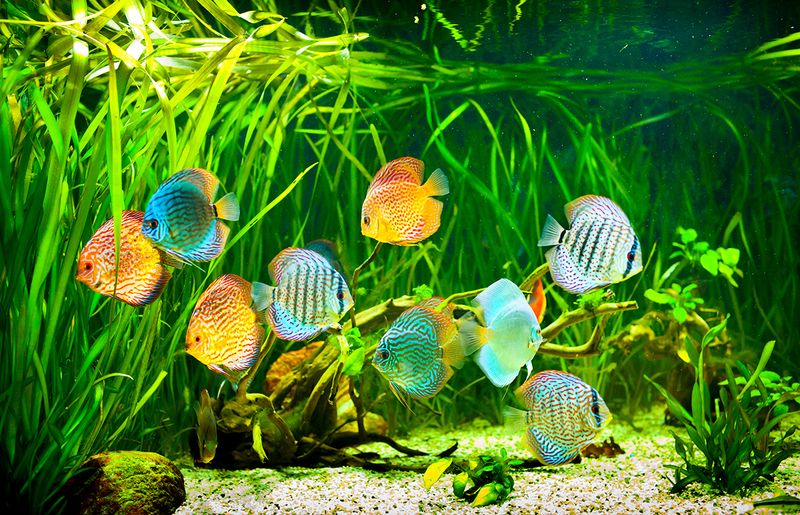
Good lighting showcases your fish’s vibrant colors and supports plant growth. Most tropical setups benefit from full-spectrum LED lights.
Set lights on a timer for 8-10 hours daily to mimic natural cycles. Too much light promotes algae growth, while too little dims your fish’s colors and stresses live plants.
Feed A Varied, Quality Diet
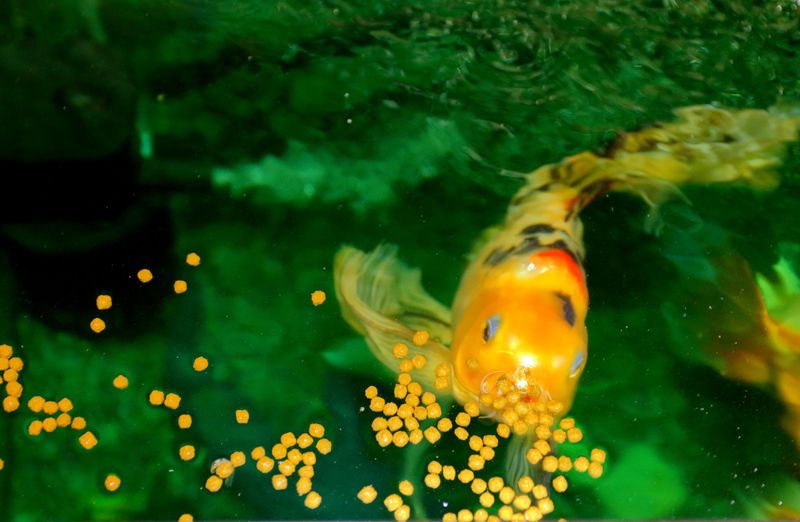
Colorful fish need colorful food! Different tropical species have different nutritional needs, so variety is key.
Rotate between quality flakes, pellets, frozen foods like bloodworms or brine shrimp, and occasional vegetable treats. Feed small amounts twice daily – only what your fish can consume in 2-3 minutes to prevent water pollution.


